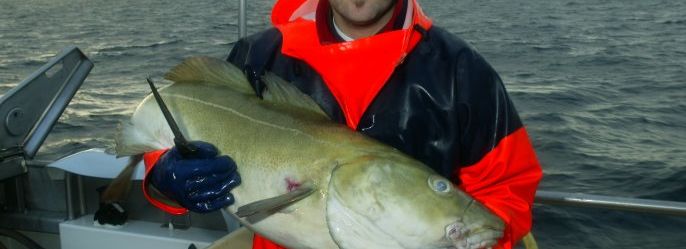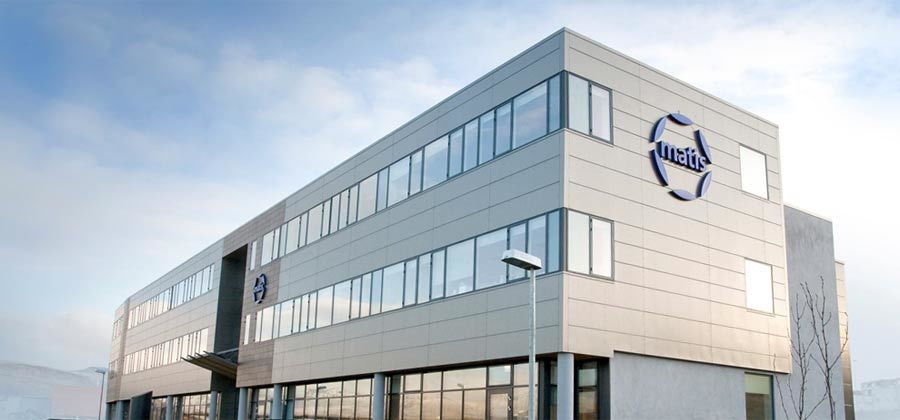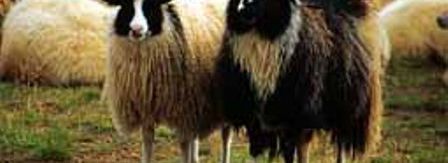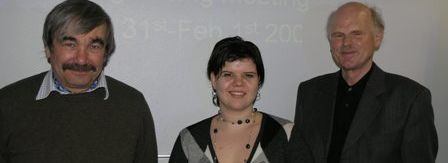Contact
Óli Þór Hilmarsson
Project Manager
oli.th.hilmarsson@matis.is
Evaluation of mutton assessment
A new meat assessment for mutton according to the EUROP system was introduced in Iceland in the autumn of 1998. According to this, the carcasses are classified according to meat filling on the one hand and fat on the other. In the EUROP system, carcass filling is assessed in five main categories (E, U, R, O and P), where E is best and P is worst. Fat is also assessed in five main categories (1, 2, 3, 4 and 5), where 1 is the least and 5 the most. The fat subcategory, 3+, is also used in Iceland. In the EUROP system, the dilka carcasses are classified much more precisely by fat and body filling than was done in the old system. This precise classification serves both farmers, who get better information about their products, and meat processors who can better choose the type of meat carcass that is suitable for different processing. The aim of this project was to obtain information on the utilization, processing properties and chemical composition of dilka meat and dilka meat products, according to an assessment according to the EUROP system. During the 2003 and 2004 slaughter seasons, the assessment was carried out in three slaughterhouses. Carcasses in the following rating categories were studied: U2, U3, U3 +, U4, R1, R2, R3, R3 +, R4, O1, O2, O3, O3 +, P1 and P2. The right part of the carcass was divided into thighs, spine, beats and forequarters, to determine the ratio of meat, fat and bones. The left half was also disassembled and processed into products. Chemical measurements were performed on products to determine nutritional value. When carcasses were dissected into meat, fat, and bones, the average carcass meat content was 60%, the fat content averaged 19%, and the bone ratio averaged 18 %. Those who worked on the project were employees of Matís ohf. and Stefán Vilhjálmsson, chairman of the meat assessment, together with the employees of the slaughterhouses in question.
A new EU carcass classification system for lamb was introduced in Iceland in 1998. In the new system carcasses were evaluated according to conformation (EUROP classification: five classes, from E = '' good '', to P = '' bad '' conformation ) and fatness score (5 classes, from 1 = lean, to 5 = fat). The EU classification system is more accurate than the previous system and gives farmers more information about their carcasses and enables meat producers to select carcasses according to the different productions. The main objective of this study was to gain information about the utilization, processing quality and chemical combination of the carcasses, according to the new classification system. A study was performed in abattoirs in 2003-2004 according to the classification system. The right half of the carcasses were segmented into legs, loins, flanks and forequarters and then dissected into meat, fat and bone. The left half were segmented and processed further into final products. Chemical analysis was performed on the carcasses to estimate the nutritional value. The average proportion of the meat in the carcasses was 60%, proportion of the fat was 19% and the average bone proportion was 18%. The project was done by employees of Matís, Stefán Vilhjálmsson, chairman of the meat classification board, and the employees of the abattoirs.






